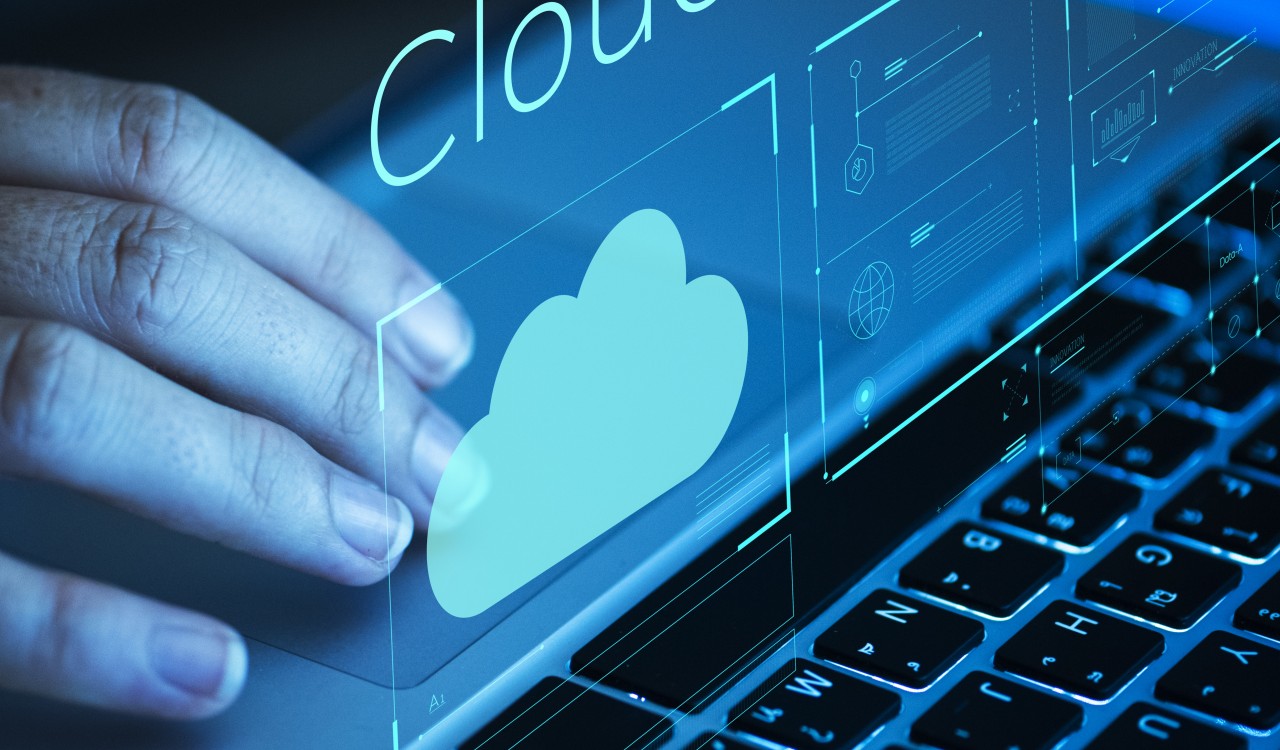6 Ways Edge Computing Transforms Real-Time Applications for Peak Performance
Edge computing is a computing model that involves processing data at the edge of a network, nearer to where the information is generated, rather than in a centralized cloud or data center. This allows faster processing and response times, reduced network traffic, and lower latency. Edge computing enables real-time applications because it allows data to be processed and analyzed at the point of origin.
Real-time applications, such as those used in manufacturing, transportation, and healthcare, require immediate processing and response to ensure safety, efficiency, and accuracy. By processing data at the edge, edge computing reduces the latency between data generation and response, enabling real-time applications to function effectively.
For example, in a factory setting, edge computing can monitor and analyze data from sensors on production lines in real time, allowing immediate adjustments to optimize performance and minimize downtime. Furthermore, edge computing can also improve security and privacy by keeping sensitive data closer to its origin instead of transmitting it to a centralized cloud or data center.
This decreases the risk of data violations and unauthorized access. Edge computing enables real-time applications, providing faster processing, lower latency, improved security, and increased efficiency. As the demand for real-time applications grows, edge computing is poised to become an increasingly important technology.
How does edge computing work?
Edge computing works by bringing computing resources closer to the data source rather than relying on a centralized cloud or data center. This allows for faster processing, lower latency, and reduced network traffic. Here are the basic steps of how edge computing works:
- Data is generated by sensors or devices at the network’s edge, such as in a factory or smart device.
- The data is sent to a local edge computing device, such as a router or server, located within the same network or nearby.
- The edge computing device processes the data locally, using algorithms and machine learning models to analyze and derive insights from the data.
- The insights are then sent back to the device or application at the network’s edge, where they can be acted upon in real time.
- The processed data can also be sent to a centralized cloud or data center for further analysis or storage.
Edge computing can also involve a distributed network of edge devices that work together to process data in a decentralized manner, reducing the need for a central hub. Edge computing allows faster and more efficient data processing, improving the performance and reliability of real-time applications.
Why is edge computing critical?
Edge computing is critical for several reasons. Edge computing brings the processing power closer to the data source, reducing the time it takes to process data and respond to requests. This is especially important for real-time applications that require immediate processing and response times. Processing data at the edge reduces latency, the pause between the time data is generated and the time it is received at its destination.
This is critical for applications that require real-time communication, such as in the industrial Internet of Things (IoT) or autonomous vehicles. Edge computing decreases the portion of data that needs to be transmitted over the network, which can improve security and privacy by keeping sensitive data closer to its source.
It can help improve reliability by reducing the risk of network congestion and downtime. By processing data locally, edge devices can continue functioning even if the network connection is lost. Edge computing can be more cost-efficient than cloud computing for specific applications because it reduces the quantity of data required to be transmitted over the network, reducing the bandwidth and storage requirements.
Edge computing is critical because it allows for faster processing, lower latency, improved security and privacy, increased reliability, and cost-efficiency, making it a critical technology for real-time applications and the future of the IoT.
Edge, cloud, and fog computing: How are they different?
Edge, cloud, and fog computing are all computing models that serve different purposes and architectures. Edge computing, as mentioned earlier, involves processing data at the network’s border, closer to where the data is generated. This allows faster processing and response times, reduced network traffic, and lower latency. Edge computing is typically used for real-time applications requiring immediate processing and response, such as manufacturing, transportation, and healthcare.
On the other hand, cloud computing involves using a centralized cloud infrastructure to store, process, and analyze data. Cloud computing provides scalability, flexibility, and cost-efficiency, making it ideal for large-scale data storage and processing applications, such as e-commerce, social media, and data analytics.
Fog computing is a hybrid of edge and cloud computing that involves processing data at the network’s edge but with additional processing and analysis in the cloud. Fog computing allows for a balance between real-time processing at the edge and more complex processing in the cloud, allowing for greater efficiency and flexibility.
It is typically used for applications requiring real-time processing and more complex data analysis, such as in smart cities and grids. Edge computing is used for real-time processing at the edge of the network, cloud computing is used for centralized data storage and processing, and fog computing is a hybrid of both, allowing for a balance between real-time processing at the edge and more complex processing in the cloud.
What are the real-time applications of cloud computing?
Cloud computing can also be used for real-time applications that require immediate processing and response. Cloud computing can be used for various real-time applications, providing scalable, flexible, and cost-effective solutions for businesses and organizations. Here are some examples of real-time applications of cloud computing:
- Video and Audio Streaming: Cloud computing can stream video and audio content in real time to millions of users worldwide, such as in online gaming or live events.
- Real-Time Analytics: Cloud computing can analyze large amounts of data in real time, providing valuable insights and enabling real-time decision-making in industries such as finance, healthcare, and retail.
- Internet of Things (IoT): Cloud computing can manage and analyze data from connected devices in real-time, enabling real-time monitoring and control of devices and systems, such as in smart homes or smart cities.
- Virtual Reality (VR) and Augmented Reality (AR): Cloud computing can process and render high-quality VR and AR content in real time, providing immersive experiences for users in industries such as entertainment and education.
- Voice and Language Processing: Cloud computing can process natural language and voice commands in real time, enabling real-time communication with chatbots and voice assistants.
Edge Computing and its role in enabling real-time applications
Edge computing is becoming increasingly important in enabling real-time applications as it brings processing power closer to the data source, reducing the time it takes to process data and respond to requests. This is especially important for real-time applications that require immediate processing and response times. Real-time applications require data to be processed quickly and accurately, often within milliseconds.
Traditional cloud computing architectures, where data is sent to a centralized data center for processing, may introduce unacceptable latency levels, resulting in slow or unresponsive applications. Edge computing overcomes this problem by processing data at the network’s edge, closer to where the data is generated and to the users and devices that require it. The following are the main ways in which edge computing enables real-time applications:
- Reduced Latency: By processing data closer to where it is generated, edge computing reduces the time it takes to transmit data to and from a centralized data center, reducing latency and improving application performance.
- Improved Reliability: Edge computing can improve reliability by reducing the risk of network congestion and downtime. By processing data locally, edge devices can continue functioning even if the network connection is lost.
- Real-Time Data Analysis: Edge computing enables real-time data analysis and decision-making. Data can be analyzed as it is generated, allowing for immediate responses and actions based on that data.
- Faster Response Times: Edge computing can significantly reduce the time it takes to respond to requests, as data processing occurs closer to where the request is made.
- Lower Network Costs: Edge computing can help reduce network costs by decreasing the amount of data that requires to be transmitted over the network, reducing the bandwidth and storage requirements.
- Improved Security and Privacy: Edge computing can improve security and privacy by keeping sensitive data closer to its source, reducing the risk of data breaches and unauthorized access.
Edge computing enables real-time applications by providing faster processing, lower latency, improved reliability, real-time data analysis, faster response times, lower network costs, and improved security and privacy. As the demand for real-time applications grows, edge computing is poised to become an increasingly important technology. Edge computing enables real-time applications by processing data at the network’s edge, closer to where the data is generated. This allows for faster processing and response times, reduced network traffic, and lower latency, which is critical for real-time applications.
Real-time applications, such as those used in manufacturing, transportation, and healthcare, require immediate processing and response to ensure safety, efficiency, and accuracy. Edge computing enables real-time data processing by analyzing and processing the data as it is generated without sending it to a centralized cloud or data center for processing. By processing data at the edge, edge computing reduces the latency between data generation and response, enabling real-time applications to function effectively. For example, edge computing monitors and analyzes data from sensors on production lines in real-time in a factory setting.
This allows immediate adjustments to optimize performance and minimize downtime. Edge computing can also improve the security and privacy of real-time applications by keeping sensitive data closer to its source rather than transmitting it to a centralized cloud or data center. This decreases the chance of data infringements and unauthorized access. Edge computing enables real-time applications, providing faster processing, lower latency, improved security, and increased efficiency. As the demand for real-time applications grows, edge computing is poised to become an increasingly important technology.



